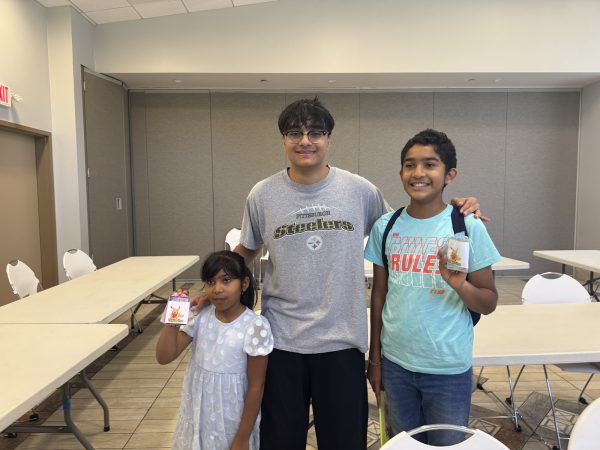Colorblindness in a Nutshell
Simple tasks like coloring can be a struggle to even people with lower color deficiencies.
Seeing others socialize with color blind people, like me, I often find that people aren’t truly aware of the grapple it has on your life. By reading and understanding the following guidelines, I will help you become familiar with the lifestyle and issues a colorblind person has.
Know What Color Blindness Is and Its types
Color blindness, or color deficiency, is an inherited condition and affects many people worldwide. As many as 8% of males and 0.6% of females in the world are color blind. Essentially, color deficiency alters the way the eyes see and distinguish colors. This is caused by missing pigments in the eye, resulting in difficulty in identifying colors. Therefore, color blind people perceive color in a lower standard, and in actuality see thousands of hues compared to millions.
Among the many types of color blindness, the most common are deuteranomaly or, red-green color blindness. Under deuteranomaly, there are subcategories consisting of specific cone deficiencies with red-green color blindness.
The second most common type is tritanopia or blue-yellow. People with this deficiency see blue as green and yellow as violet or light grey.
Not included in these groups are particular cone deficiencies that completely blind someone from seeing colors, such as achromatopsia and cone monochromacy. Both achromatopsia and monochromacy are extremely rare and requires 2 or 3 of the pigment cones to be absent.
Know The Struggles We Have
Me, along with other people that have color blindness, have to deal with the constant limitations in our daily life. For example, there are many jobs the colorblind are restricted from having, like a police officer, electrician, or a pilot. The list can expand or shrink depending on the specific type of color deficiency a person has, but worrying about it just adds more weight to our shoulders. On more of a daily scale, colorblind people have to deal with more trivial tasks like attempting to differentiate a green colored pencil from red one. One might think this is not a big deal and is simply just trivial but it is a major annoyance and can cause substantial frustration. On daily basis colorblind people have to ask themselves a series of questions to ensure that they don’t embarrass themselves, so it is understandable when rude comments are not acknowledged.
How to Converse With Us
However entertaining it may be to draw attention to the differences of color, or how some things do not match, it can be rather irritating to people who have color deficiencies. Despite colorblindness being hard to imagine, it would be greatly appreciated if you approach a situation involving this condition graciously. While curiosity is accepted and often continues into a friendly discussion, try to avoid topics or questions that could be grating or redundant. Color deficiencies are relatively common and should be treated like such. When addressing someone with color blindness, it is important to keep in mind that they may not be accustomed to the attention, and being polite is always appreciated.
The Take-Away
Colorblind people experience many problems throughout their life and have significant obstacles they have to overcome. Keeping this in mind it is always pleasant to find someone who knows and understands the situation a colorblind person is in; so the next time you find someone who is color blind, you can be that person.
Your donation will help support The Lambert Post, Lambert High Schools student-run newspaper! Your contribution will allow us to purchase equipment and cover website hosting costs.











